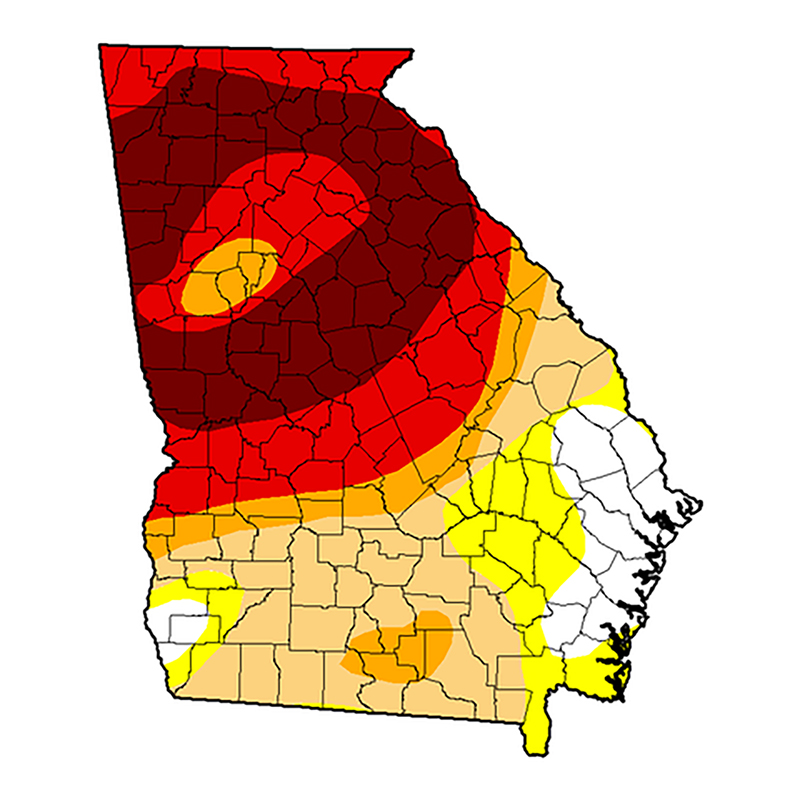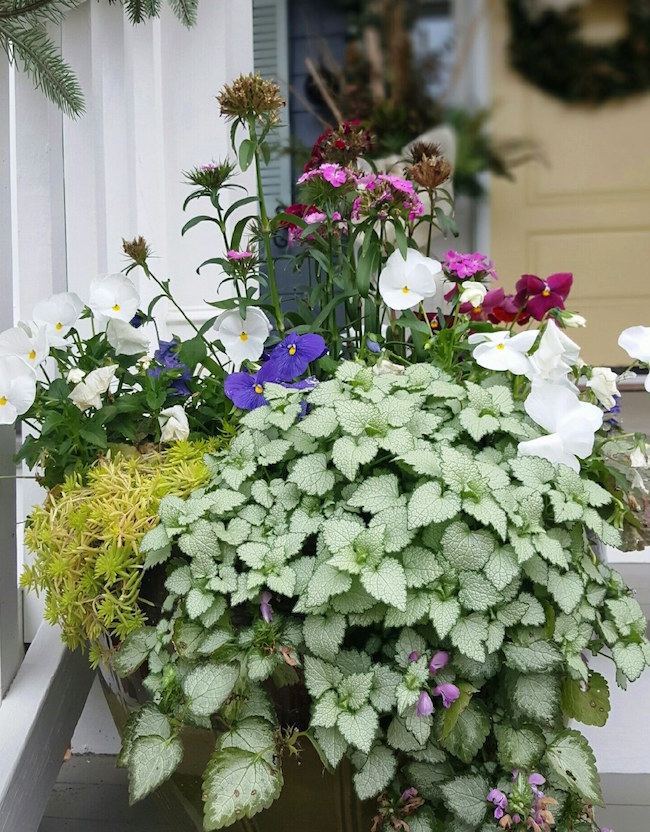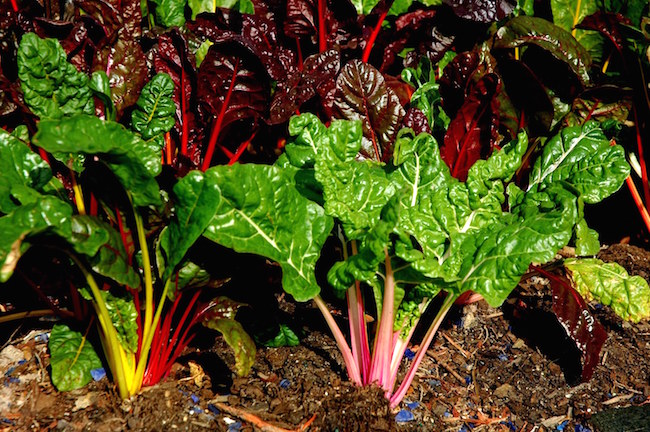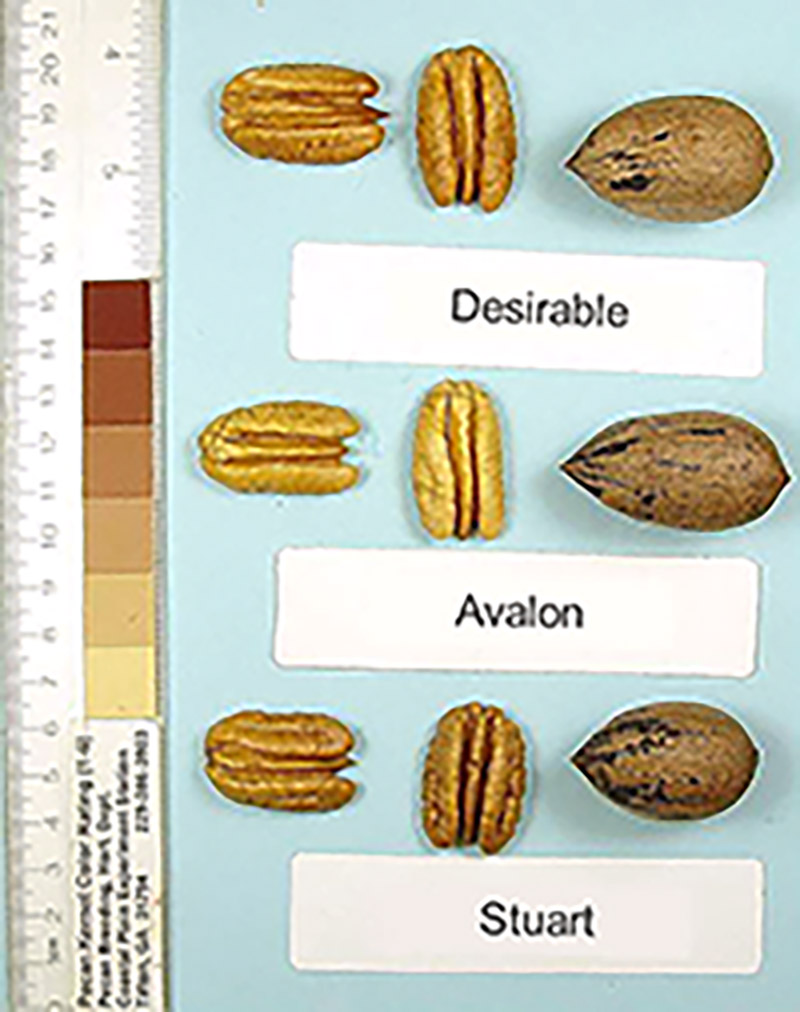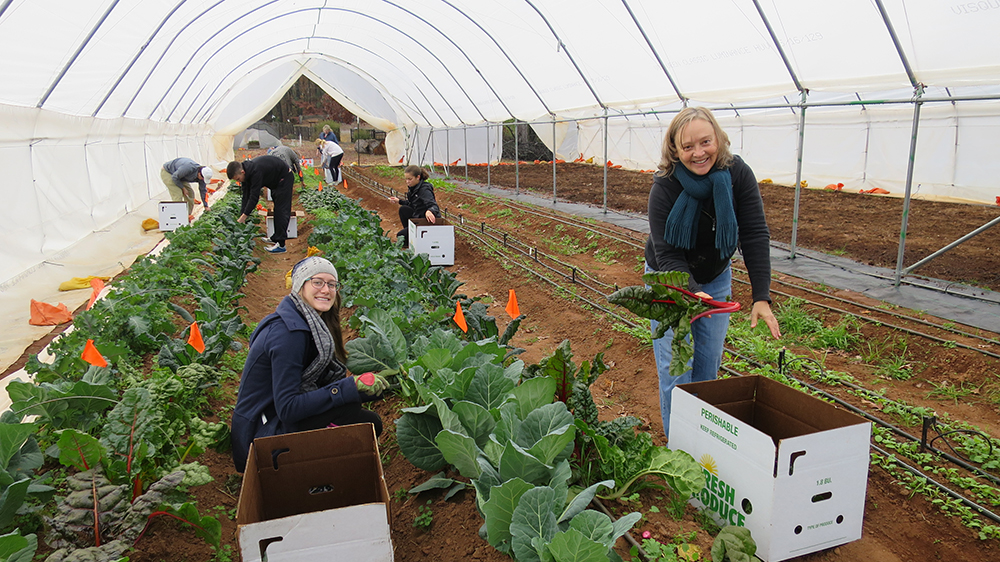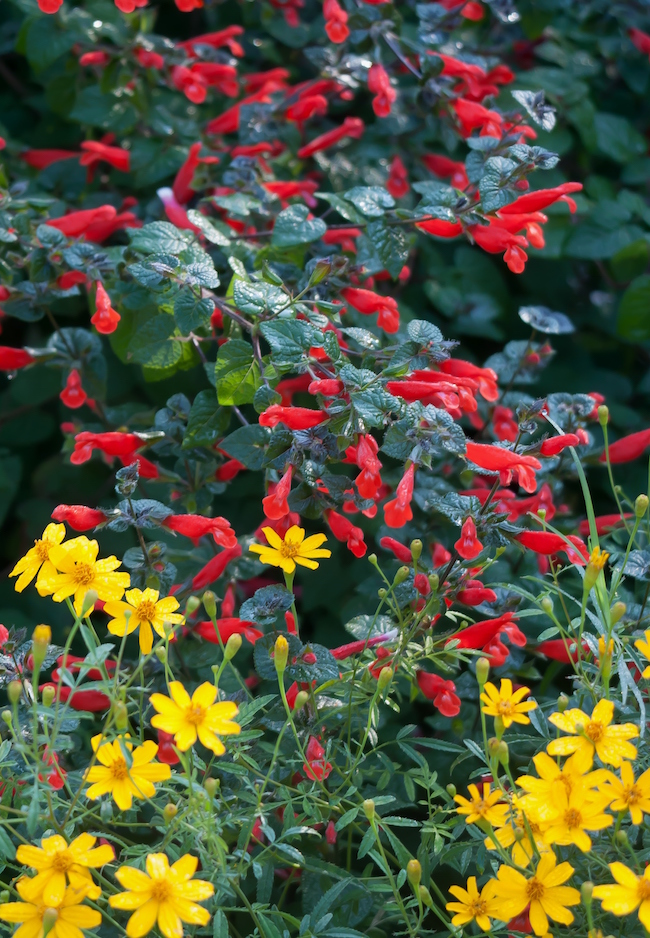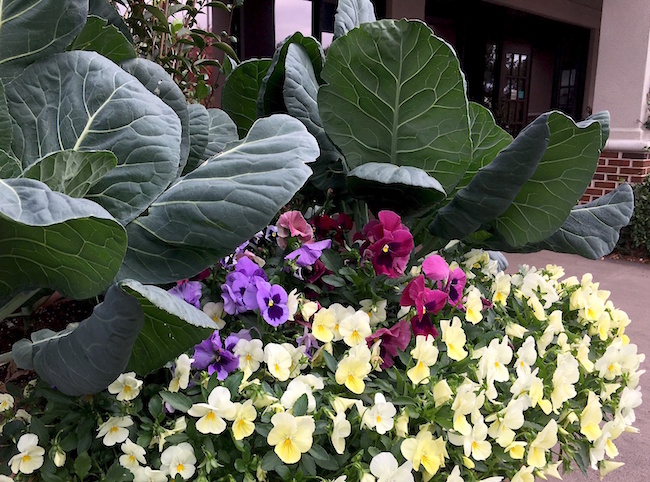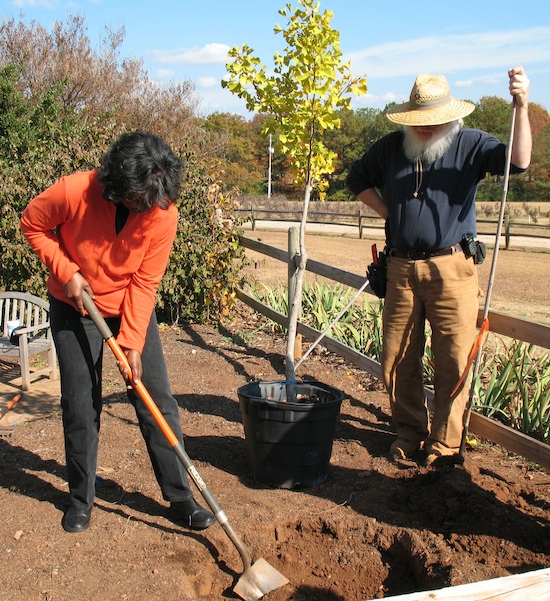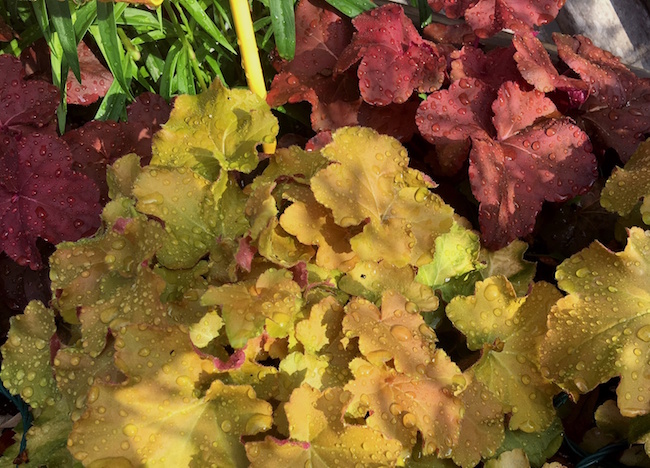 CAES News
CAES News
Coral Bells
Coral bells deserve a place in the sun, partial shade or shade. Plant them along woodland trails, in front of shrubs or partner them with wood fern or autumn fern or even hostas. Gardeners in the South must try them as a sunny, cool-season component plant.

